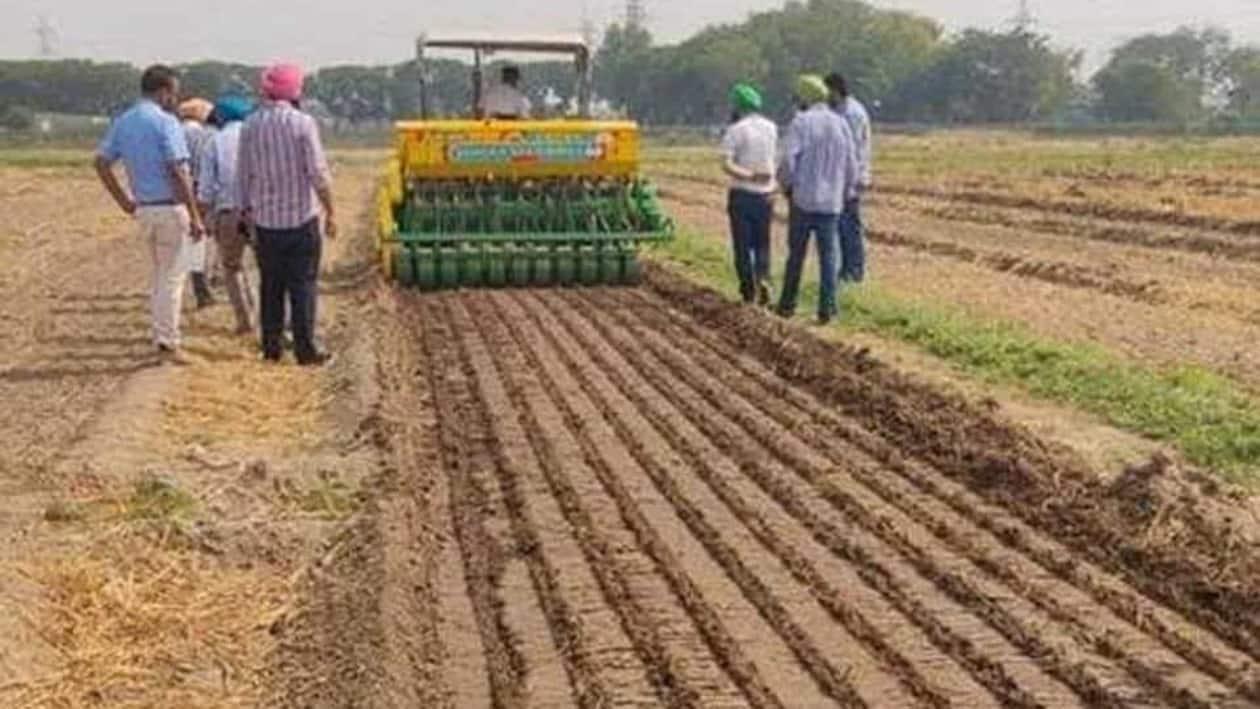A lot of the recent macro research effort of stock market participants has been devoted to the state of rural demand in the country.
In their latest commentary, most consumer goods companies have reported continued pressure on rural demand.
Even though many market economists and analysts have forecasted imminent recovery in rural demand, the corporate commentary did not sound that much sanguine. Nonetheless, higher food prices and expected good monsoon are expected to help the rural economy to some extent.
A good performance of the rural sector is important for investors. Almost two third of the Indian consumers derive their livelihood directly from the rural economy, including farming, horticulture, animal husbandry, cottage industry, forestry, etc.
The rural economy directly supports a large number of industrial enterprises, like crop protection, farm equipment, transportation, food processing, etc., besides providing material indirect support to industries like textile, consumer staples, durable, and services such as financial services, trade and communication, etc.
From my discussions with fellow investors, I understand that there exists a great deal of divergence, insofar as the understanding of rural demand is concerned. In my view, the phrase ‘rural demand’ may not be the same for everyone. For example—
1. For farm input companies, the rural demand may denote the demand for their products by the farmers.
2. For the consumer product companies, the rural demand may include demand for their products by the household engaged in farming, animal husbandry, and other allied services; industrial labourers living in rural areas and working in nearby industries; public servants; households in semi-rural areas, etc.
3. For financiers, rural demand includes demand for farm inputs, farm equipment, household appliances, automobile, personal loans (health, auto, housing, marriage, etc.), and rural supply chain (auto dealers, farm input dealers, farm output traders and stockists, etc.)
4. For government schemes, a rural household is defined by the population (as per census definition); while for the taxation purposes it is the geographical area based on the distance from municipal limits of a census town.
There are many large towns whose economy is largely built around agriculture and allied activities; SMEs based on these activities and services catering to the households engaged in these activities. Some examples include Shahjahanpur, Hapur, Erode, Guntur, Solan, Jhansi, Jammu, Darbhanga, Rajkot, Sri Ganganagar, Moga, Gurdaspur, Nashik, etc.
However, there are many villages, which are in the vicinity of a large industry or cluster of industries. The economy of these villages may largely depend on the performance of these industries. The economy of hundreds of villages in the vicinity of Jamnagar, Dahej, Barmer, Mathura, Panipat, Bhilai, Jamshedpur, etc. depends on the large industrial units set up near these towns.
With this view in the background, I would like to share some observations made during my recent travels regarding rural demand.
1. Despite the extraordinary support from the government during the pandemic, the household finances in rural areas still seem stressed.
2. The input cost inflation may have matched the rise in farm produce prices. Besides, the adverse weather conditions and fertilizer shortages (unaffordability) may have impacted the yields for crops, resulting in lower margins for farmers.
3. The finance cost for rural households seems to have increased materially.
4. The pressure on income is leading most households to down trade for their staple requirements. The local brands have mushroomed all over. The local vendors have learned all the tricks of the trade from their larger peers. They are selling products in hygienic and attractive packaging at much lower prices. Some part of this transition to “local” from “branded” may be long lasting.
5. The spending on health and education has seen a material rise in the past two years. This has obviously come at the expense of some discretionary spending.
6. Assurance of food supply by the government at minimum cost has impacted the spending and savings patterns of rural households. Focus on aspirational spending (travel, telecom, home improvement etc.) and savings may be increasing. Data will reflect this trend in due course.
7. The remittances to villages have reduced; whereas many displaced labourers are yet to return to their pre pandemic employment locations. This may also be resulting in a further division of already unviable farm holdings.
8. Many young entrepreneurs, in some cases not belonging to traditional farming households, are engaging in agriculture and related activities. They are using advanced technologies, equipment and methods for farming and related activities like animal husbandry, and marketing of their products.
The investment in the farm sector and agri supply chain is definitely increasing. While this may show up in aggregate rural income, the dispersion of rural income may become highly skewed in favour of “new” players over the next one decade.
In my view, the rural demand, as traditionally seen by the market participants, might need to be redefined. Investors might have to factor in the changing rural landscapes – more educated, more industrialized and more mechanized farm sector, with widening income inequalities. The dependence of traditional farmers on fiscal support may continue to rise.
Vijay Kumar Gaba is Director of Equal India Foundation
Disclaimer: The views and recommendations made above are those of the author and not of MintGenie.
